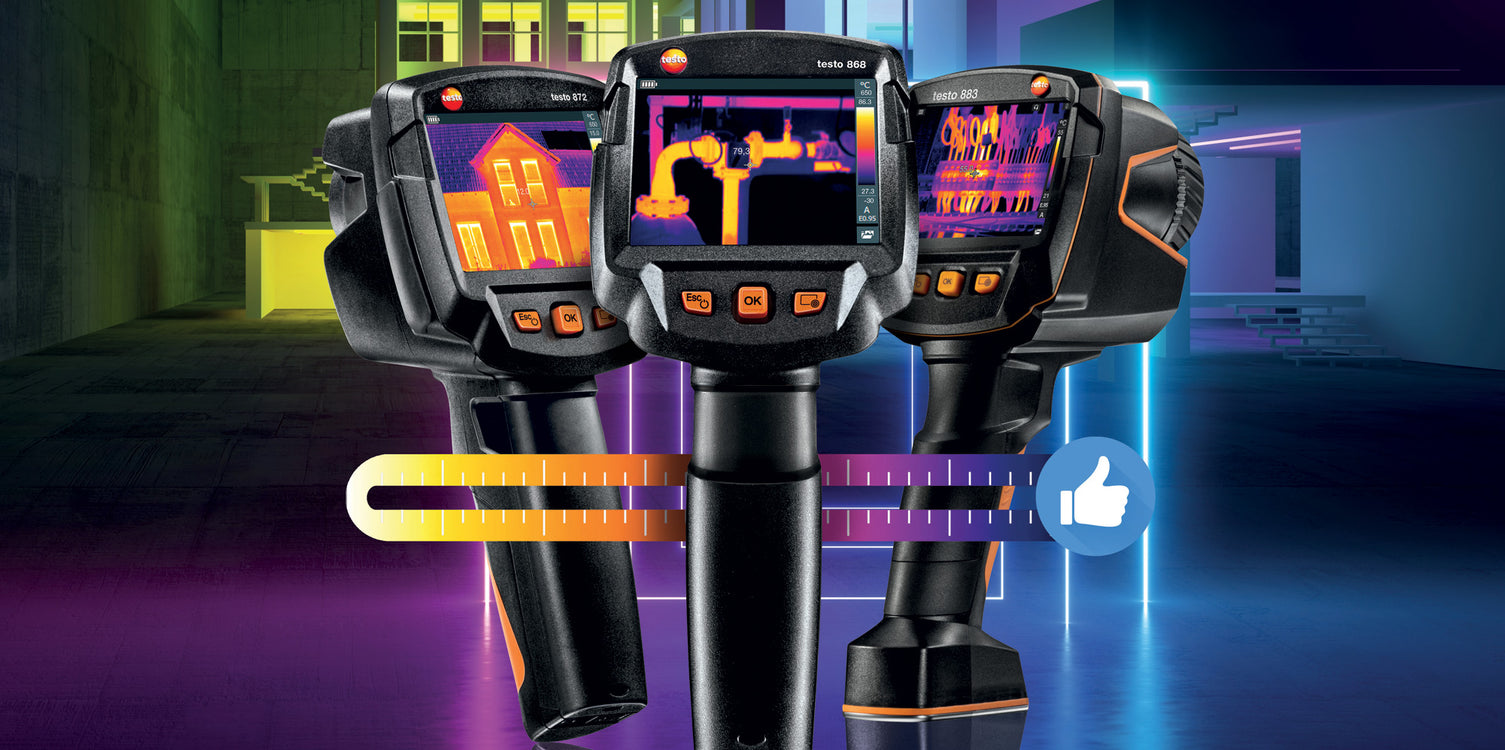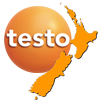
When investigating an issue, it is crucial to look for key indicators that can be impossible to see with the naked eye. This is true for many contexts, including police work and firefighting. Another scenario that this applies to is uncovering details that are difficult to see in house inspections.
A commonality in all these cases is that professionals can use thermal imaging. The human eye is unable to see changes in temperature, but with the right technology, experts can spot problematic areas based on temperature distribution.
So what exactly is a thermal imaging camera, and how can technicians use them to their full advantage?
How does Thermal Imaging Camera Work?
Thermal imaging cameras can see a spectrum that the human eye cannot - infrared radiation.
What is Infrared Radiation?
In the 1800s, Austrian physicists Josef Stefan and Lugwig Boltzmann discovered that there is a correlation between the absolute temperature of an object and the amount of radiation it emits. The Stefan-Boltzmann law states that the thermal radiation from an object is proportional to that object's absolute temperature to the fourth power.
While infrared radiation can be felt in the form of heat it is unable to be calculated by human senses alone. This is where thermal imaging cameras come into the picture - they are capable of detecting radiation, which is then displayed as visible light on a monitor for users to make sense of it.
But what determines the amount of radiation a certain object is able to emit? To answer this, we first need to look at emissivity.
What is Emissivity?
The term “emissivity” refers to an object's ability to emit infrared radiation. The emissivity of an object is dependent on its material makeup, and different materials have their own unique capabilities. There is a theoretical concept called a “blackbody” which has an emissivity of 100%. While it does not exist in real life, it is used as a reference point from which to compare the emissivity of real bodies, which is influenced by the object's material and properties of the surface as well as the temperature and specifications of the thermal imager being used.
Real bodies always have an emissivity of less than 100% because they reflect radiation. A theoretical blackbody absorbs all radiation, while real bodies absorb some and then reflect the rest. Think of it as being similar to an object that is black in colour and therefore absorbs all visible light, as opposed to something that is red that reflects red light, or green and reflects green light.
Knowing the emissivity of an object allows us to know the amount of infrared radiation it is emitting into context. Objects that are smooth or shiny reflect more radiation than ones that are rough, even if they are made from the same material.
What is a Thermal Imaging Camera Made of?
Though they share a similar name, thermal imaging cameras are quite different from a camera used for photography. Cameras photograph what the human eye is already capable of seeing - although those with high resolution may be able to uncover tiny details that otherwise might be difficult to discern.
On the other hand, thermal imaging cameras have components that give them temperature measuring capabilities. While it has a display and optic system similar to a traditional camera, it also has a detector with thermal sensitivity. Thermal imaging cameras also contain amplifiers to make temperature distribution more defined and a signal processor to detect temperature changes.
While a photographic camera typically has a glass lens, glass is incapable of transmitting infrared wavelengths. This is why infrared imaging camera lenses are usually made out of germanium or zinc selenide.
What is Temperature Distribution Data Used For?
Now that we have covered how thermal image cameras work, why are they useful for technicians?
What does a Temperature Hot or Cold Spot Reveal?
Thermography can help fight far more than crime and fires - it can also detect major issues in a building.
Temperature data will show unusually cool or warm areas. These are almost always indicative of some sort of issue that needs to be investigated.
Important uses for infrared thermography include
- Monitoring air quality.
- Detecting gas leaks.
- Locating mould.
- Discovering termites or rodent infestations.
- Assessing foundational problems like cracks
- Discovering ventilation and insulation inconsistencies.
- Finding electrical problems.
- Analysing power usage.
- Checking for defects in solar panels.
Well executed thermography can be the difference between a safe building and a dangerous one.
Quantitative vs Qualitative Thermography
There are times when qualitative temperature data is sufficient, but at other times quantitative data is needed for an investigation.
Qualitative thermography shows a thermograph. This is a thermal image that depicts the temperature distribution in high resolution. Quantitative thermography on the other hand contains more details. It is able to detect the exact temperature of every pixel in the thermal image, giving a much more number-focused and data-driven result.
How to Find the Best Thermal Imaging Camera
The first step in finding the perfect thermal imaging camera for your needs is establishing its intended use. Do you need quantitative data, or will qualitative data suffice? How many additional features do you want the camera to have?
Whatever your answer is, Testo thermal imaging cameras are the best on the market.
Testo Products
The Testo 883 is designed for both maintenance purposes and building energy consulting. This high-end thermal imaging camera has a resolution of 320x240 pixels, producing detailed thermal images. The cameras are highly sensitive and intuitive. This ensures that no important temperature data goes unnoticed.
Testo’s thermal Imaging Courses
In addition to our high-quality thermal imaging camera range, Testo has a range of courses that teach you how to use them.
We offer thermal imaging courses for technicians, including an Introduction to Thermal Imaging, Practical Hands-On Training for your Thermal Imaging Camera, and Category 1 and 2 certifications in Thermal Imaging in collaboration with our training partner Advanced Infrared Resources.
For more information on thermal imaging cameras and courses, get in contact with the team at Testo NZ today!

